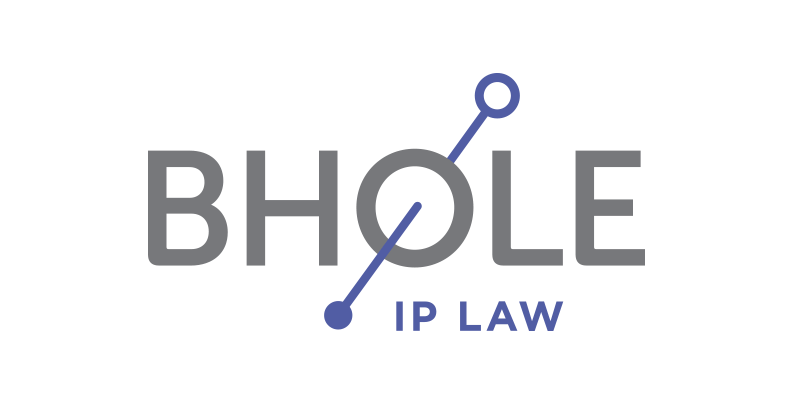By Marc Lampert and Ammar Kalanaki
Recent amendments to the Patent Rules will come into force on October 3, 2022 and introduce (1) excess claim fees, and (2) a request for continued examination (RCE) practice; among several other amendments.
The new Rules will apply to any application for which a request for examination is made on or after October 3, 2022. However, the new Rules can be avoided for an application if the Applicant requests examination prior to that date. In general, we recommend that Applicants request examination prior to October 3, 2022, to avoid application of the new Rules.
Claim Fees
Currently, there are no excess claim fees payable in Canada. The most significant change will be the introduction of excess claim fees for each claim over 20. The amount of fees will be determined based upon the highest number of claims pending at any time between the request for examination and the allowance of the application.
The excess claim fee will initially be set at C$100 per excess claim and will be applied at two stages:
- at the time of submitting a request for examination, and
- at the time of payment of the final fee, based on the greatest number of pending claims during examination and up to allowance but crediting the payment (if any) made when requesting examination.
Request for Continued Examination (RCE)
Under the current Patent Rules, an application can receive any number of examination reports until allowance, refusal, or abandonment.
Under the new Rules, applications will receive up to three examination reports without any extra fees. However, if an applicant wishes to respond to the third examination report, a request for continued examination (RCE), along with payment of an official fee initially set at C$816, will be required. An additional RCE, with fee, will be required when responding to each second examination report thereafter.
Similar to the new excess claim fees, the new RCE rules will not be applicable to an application if the request for examination is filed before October 3, 2022.
Concerns
Canadian patent practice generally does not permit voluntary divisional applications as of right; and thus, the divisional can run the risk of receiving a double patenting rejection. Conventionally, double patenting rejections are avoided by entering potential divisional claim sets, covering various inventive concepts, in the parent application; thus, prompting the Examiner to issue a unity rejection. The unity rejection can shield the Applicant from the double patenting rejection in divisional applications.
Unfortunately, the new Rules impact the strategic practice of using unity rejections to shield multiple claim sets from double patenting rejections in at least two significant ways. Firstly, under the new Rules, the additional claim sets are likely to attract significant excess claim fees. Secondly, the strategic use of the unity rejection will count as one of the three examination reports prior to incurring the RCE fee.
Conclusion
Considering the above changes, many Applicants should consider filing a request for examination for their Canadian applications before October 3, 2022, to reduce overall application fees and alleviate concerns about divisional practice.
For PCT applications in the international phase, Applicants should consider entering national phase with a request for examination prior to October 3, 2022; even if that date is well before the 30-month national phase deadline.
Please contact us if you have any questions and how we can use our significant expertise to help prosecute your Canadian patent applications.
